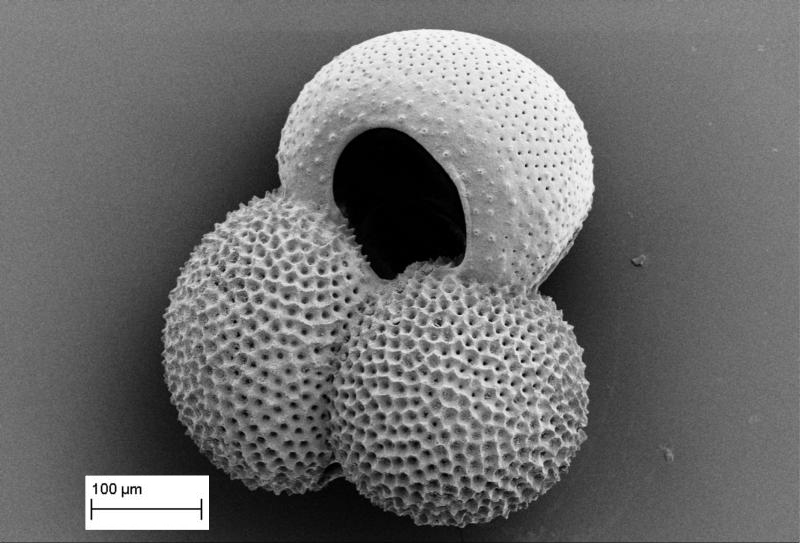The last glacial period on Earth marks the end of the Pleistocene about 11,700 years ago. The warming temperatures in the Pleistocene are primarily attributed to increasing concentrations of atmospheric carbon dioxide that drove up tropical sea surface temperatures (SSTs) in the Pacific Ocean. However, new evidence indicates that a different mechanism may have helped temperatures to rise.
Dyez and Ravelo report the first measurements of SST changes over time within the western Pacific warm pool. Their results suggest that changes in the temperature of upwelled source water, in addition to atmospheric carbon dioxide concentrations, played a significant role in warming Pacific SST toward the end of the Pleistocene.
To assess past SSTs of both equatorial and off-equatorial regions of the western Pacific warm pool, the researchers analyzed microscopic shells found in the sediment record of the ocean floor. These shells are from planktonic forams, tiny creatures that lived in surface waters; their shells filtered down to the seabed upon their deaths. The ratio of magnesium to calcium within forams of different sediment layers gives an indication of SSTs when the foraminifera lived.
The researchers looked at forams from two different Ocean Drilling Program cores. The first site is located along the equatorial line within the western Pacific warm pool, whereas the second is at a latitude outside the pool, around 5° north. Both cores span a time period of 0.04 to 1.41 million years ago.
If greenhouse gas concentrations were the only thing affecting SSTs at the time, SSTs calculated for both sites would be roughly the same. However, comparing the SST records from the sites revealed that SSTs in the western Pacific warm pool were higher than those calculated for the other site.
The authors show that heat from upwelled water in the warm pool affected its surface temperature in a significant and recordable way. Heat from this upwelling, in turn, may have influenced surrounding climate and helped to transform conditions from across the mid-Pleistocene transition, about 900,000 years ago, the authors posit. (Geophysical Research Letters, doi:10.1002/2014GL061639, 2014)
—Jessica Orwig, Freelance Writer
Citation: Orwig, J. (2015), What drove sea surface temperature change during the Pleistocene?, Eos, 96, doi:10.1029/2015EO025063. Published on 2 March 2015.
Text © 2015. The authors. CC BY-NC 3.0
Except where otherwise noted, images are subject to copyright. Any reuse without express permission from the copyright owner is prohibited.

